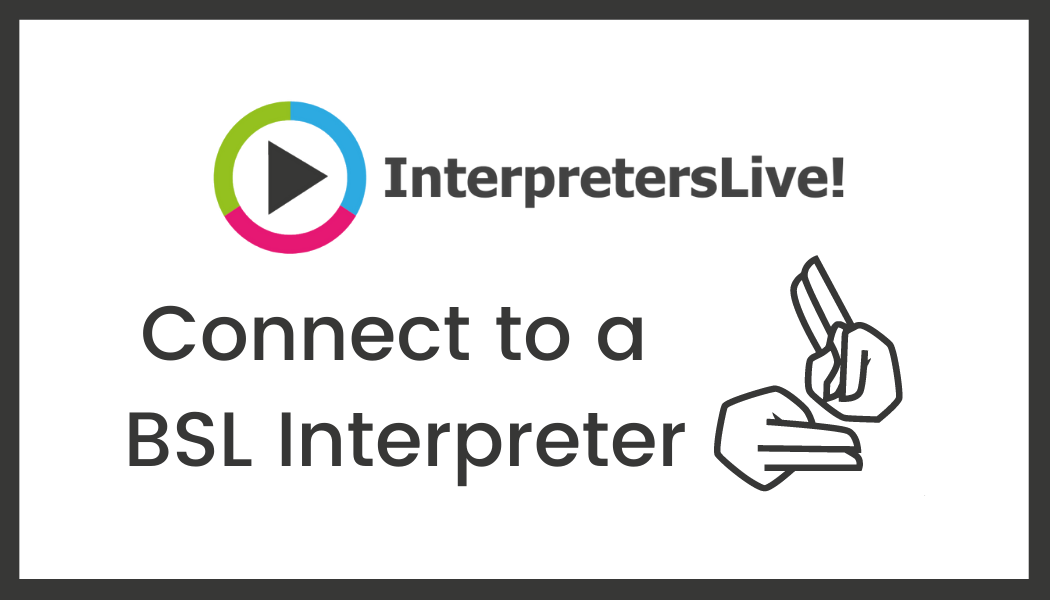
As reported by the BBC in July, sport governing bodies must improve diversity in their organisations or face losing funding.
Following an "extensive consultation involving hundreds of organisations", funding bodies Sport England and UK Sport updated their code so that publicly-funded organisations now have to produce a Diversity and Inclusion Action Plan (DIAP) to show how they are getting more women, disabled people and those from ethnic minority backgrounds involved in the running of sport.
Sport England allocates government and National Lottery funding to grassroots sport, while UK Sport does the same for elite-level sport.
With a greater focus on D&I than ever before, the new code reinforces that the responsibility for driving change sits firmly with those at the top. Board members and senior leaders in sport are increasingly being called upon to take tangible action that will shift the dial on D&I in their organisation.
Implementing a robust D&I strategy is akin to delivering a major change programme in that it will improve bottom-line performance and long-term competitiveness. Here are just some steps that sports leaders can take to ensure their D&I efforts are meaningful and impactful.
View from the top
Organisation-wide buy-in can only be achieved if there’s a commitment to change that starts at the top. It stands to reason that a diverse leadership team will deliver the diversity of thought that drives effective decision-making. If a board is not representative of an organisation's stakeholders in terms of background and demographics, more work needs to be done. A senior team should be able to demonstrate expertise in change and transformation, deliver D&I strategies and have a genuine passion for change.
Create a culture of inclusion
There’s a reason why diversity and inclusion go hand-in-hand. Without inclusion, diversity will fail. A culture of inclusion means employees are not just present in the organisation but play an active role in operations and have autonomy over their careers. An inclusive environment also sees more engaged employees who will come together to share divergent viewpoints. This is key to innovative thinking, something that’s vital for organisations looking to grow and remain ahead of the curve.
In practice, inclusivity requires tangible actions, which might include establishing regular employee feedback sessions and group discussions, or allowing everyone to share their views anonymously. However, initiatives like this only work if leaders listen to the feedback and take the appropriate steps to make improvements that are then communicated to the wider organisation. Providing managers with training in collaborative and inclusive leadership styles will go a long way in fostering a truly inclusive culture.
Get connected with metrics
Without hard facts and figures on where an organisation stands versus where it wants to get to, D&I initiatives are unlikely to be effective. A plethora of data already exists within a business that can paint an accurate picture of the current situation. Conducting a gender and ethnicity pay gap analysis, analysing the hiring process to see the types of candidates who typically progress at each stage and looking at the demographics of employees who receive promotions will help highlight areas that need to be addressed.
Once a starting position has been established, leaders can set targets of where they want to be and a timeline of action. Organisations are increasingly choosing to hold themselves accountable for their diversity targets by sharing them with the wider team and even publicly. Even if there’s a lot of work to be done, people will appreciate that a business is taking action to get it right.
Break down barriers
Armed with data from the hiring and development process, leaders can see which groups are underrepresented in each area of an organisation. For example, if ethnically diverse candidates are not progressing to the interview stage, unconscious bias could be playing a part. Alternatively, if a business is getting no diverse candidates applying, it signals that work needs to be done on developing an employer brand.
Introducing policies and initiatives such as flexible hours, remote working options, parental support, apprenticeship schemes, or career-returner initiatives can go a long way in attracting talent from more diverse pools.
For existing employees, introducing clear career paths for each role and mentoring schemes can be highly effective in developing the strategic skills that diverse talent requires to progress into senior leadership roles.
Your partner in action
The future of sport is driven by difference. Here at level=, it’s our mission to help every sports organisation, regardless of size or scope, bring diversity and inclusion to their leadership and broader teams.
Whether you are building greater equity within your organisation or looking to take the next step in your career in sport, our team is committed to working with you to offer the skills, services and access to a globally diverse and level field of possibility.
Connect with us on 020 8392 9959 or email hello@levelequals.com.




